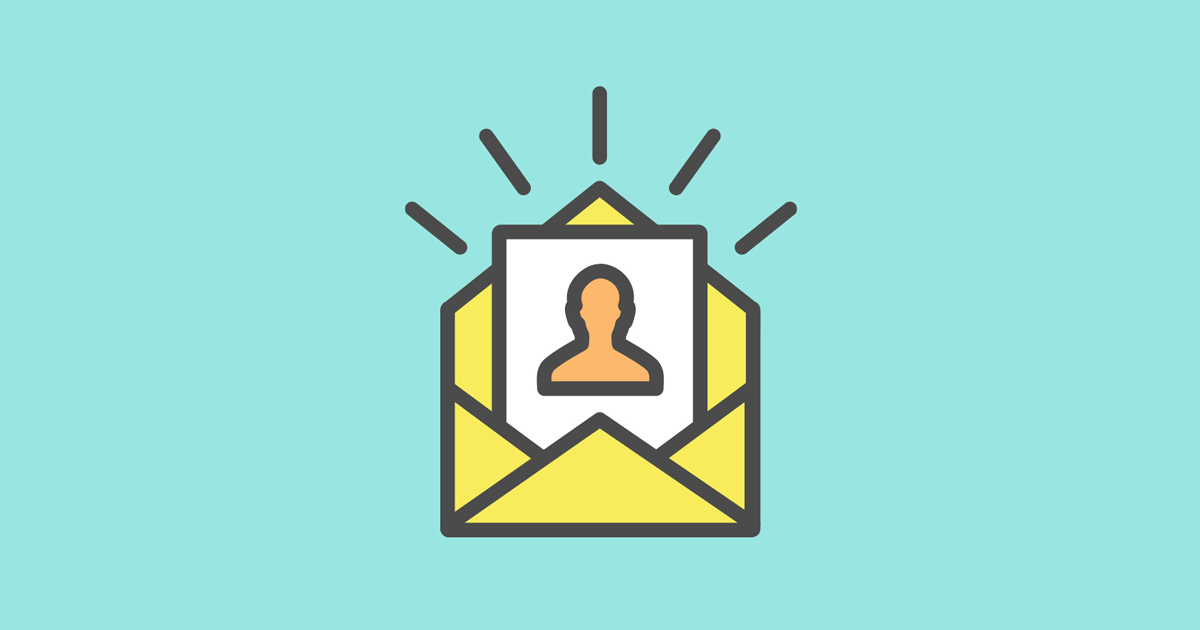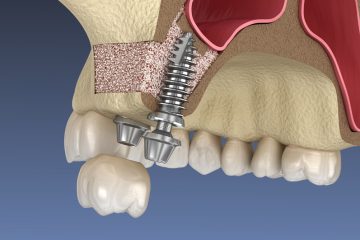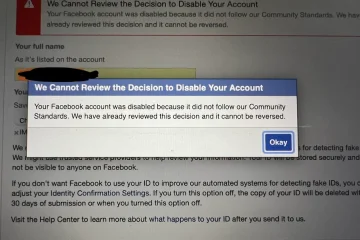Imagine your WooCommerce store thriving with a steady stream of repeat customers. This isn’t just wishful thinking – it’s achievable with the right email marketing strategy. In a world where attention spans are short and inboxes are full, standing out and fostering genuine connections with your audience is essential.
This is where effective email marketing strategies come into play. By leveraging techniques such as email list segmentation, personalization, and automation, you can create campaigns that capture attention and build lasting relationships. Discover how to make email marketing a driving force behind your store’s success.
Why Email Marketing Matters for Customer Retention
Keeping your existing customers is crucial for WooCommerce stores. Repeat customers are much more likely to buy from you again compared to new visitors. The numbers back this up: repeat customers have a 60-70% chance of making a purchase, while new customers only have a 5-20% chance. Moreover, repeat customers spend more money. The top 10% of loyal customers spend twice as much per order as the lower 90%, and the top 1% spend 2.5 times more.
Email marketing plays a key role in maintaining these valuable relationships. It allows you to communicate directly with your audience, sending them tailored messages that match their needs and preferences. Therefore, this direct communication helps reinforce brand loyalty and encourages customers to return.
Segmenting Email Lists for Better Targeting
Segmenting your email list is one of the most effective ways to boost the success of your email marketing campaigns. By categorizing your subscribers based on factors like purchase history, browsing behavior, and demographics, you can tailor your messages to fit each group’s specific interests and needs. Consequently, this targeted approach improves engagement and increases conversion rates.
There are several ways to segment your list:
- Demographic Segmentation: Group your audience by age, gender, location, and other demographic details. This ensures your messages are relevant to each segment.
- Behavioral Segmentation: Focus on the actions your customers take, such as the pages they visit or the products they view. This helps you send timely and relevant recommendations.
- Lifecycle Stage Segmentation: Target customers based on where they are in their journey, whether they are new subscribers, first-time buyers, or loyal repeat customers.
For example, you can create a segment for customers who bought a specific product and send them recommendations for similar items. According to Neil Patel, well-executed segmentation strategies lead to higher open rates, click-through rates, and conversions.
Personalizing Email Content to Engage Customers
Personalization goes beyond just using the recipient’s name. It involves creating messages that resonate with individual customers, offering products and content based on their unique preferences and behavior. According to a McKinsey & Company report, companies that excel at personalization see faster revenue growth. Also, 71% of consumers expect personalized interactions, and 76% feel frustrated when this doesn’t happen.
Here are some effective personalization strategies:
- Dynamic Content: Use content blocks in your emails that change based on the recipient’s segment. This could include personalized product recommendations, special discount codes, or location-specific offers.
- Behavioral Triggers: Send emails triggered by specific actions, such as reminders for abandoned carts or follow-ups after a purchase.
- Customer Preferences: Allow customers to set preferences for the type of content they want to receive, like product updates, blog content, or exclusive offers.
Personalized emails can offer recommendations based on past purchases, align content with the customer’s interests, and include special offers to reward loyalty.
Setting Up Automated Email Campaigns
Automation helps you maintain consistent and timely communication with your customers. By automating your email campaigns, you can engage customers at key moments in their buying journey without manual effort. Here are some essential automated campaigns:
- Welcome Emails: Greet new subscribers with a warm welcome and an incentive to make their first purchase. This sets the tone for a positive relationship and encourages further engagement.
- Abandoned Cart Recovery: Remind customers of items they left in their cart, encouraging them to complete their purchase with a compelling offer. Cart abandonment emails can significantly increase conversion rates by addressing hesitations.
- Post-Purchase Follow-Ups: Show appreciation for a recent purchase and suggest complementary products to encourage repeat business. This enhances the customer experience and maximizes the value of each sale.
- Re-Engagement Campaigns: Reach out to inactive subscribers with special offers or updates to rekindle their interest in your brand.
To implement effective automation and segmentation, explore WooCommerce email marketing plugins that offer advanced features like targeting capabilities. These tools can enhance your email marketing strategy by automating key processes and ensuring your messages reach the right audience at the right time.
Building Loyalty and Long-Term Relationships
To drive repeat sales and build long-term customer relationships, refine your email marketing strategy. Segment your audience, personalize your content, and leverage automation for consistent, engaging communication. These elements work together to foster loyalty and turn your WooCommerce store into a go-to destination.
A strong email marketing strategy lets you connect with your audience meaningfully. So, take the time to understand your customers’ preferences, try different tactics, and continuously refine your approach to find what works best. With dedication and the right strategy, email marketing can become a key pillar of your WooCommerce store’s success, driving repeat sales and building lasting customer relationships.



